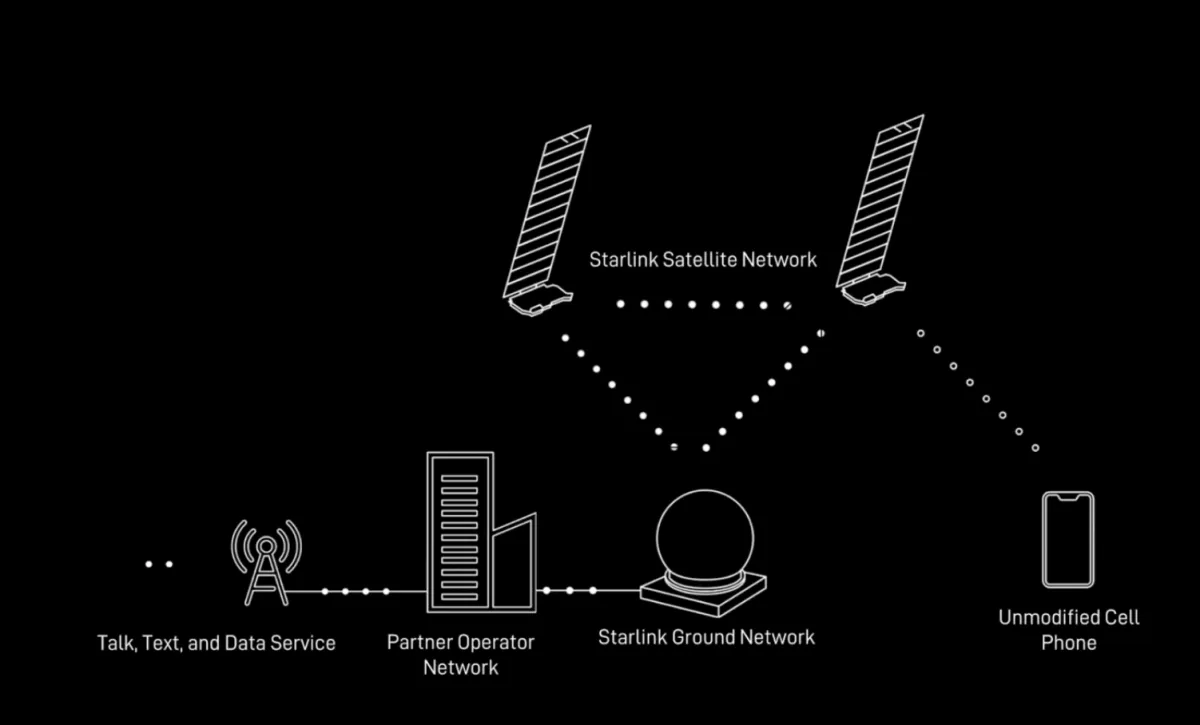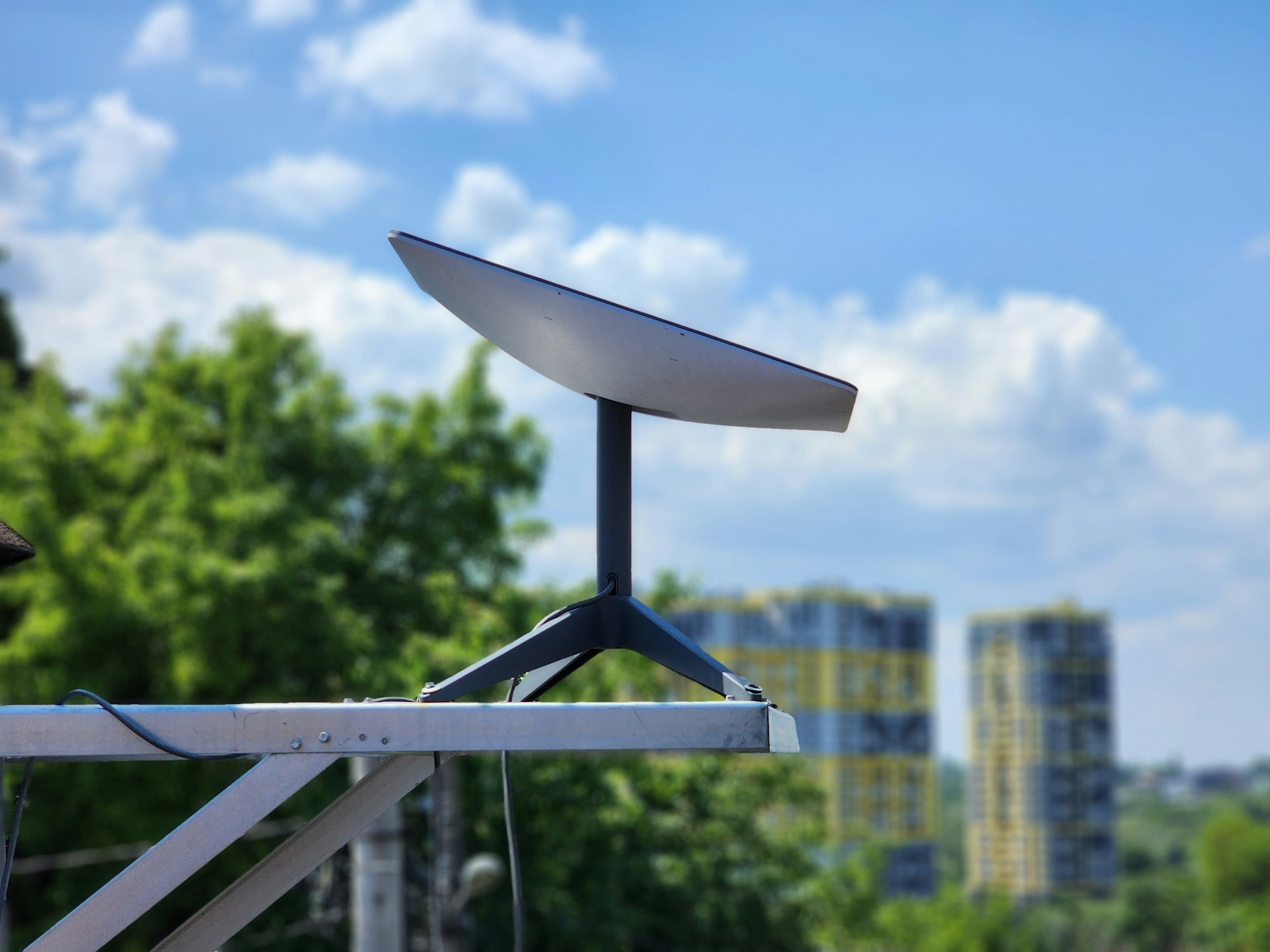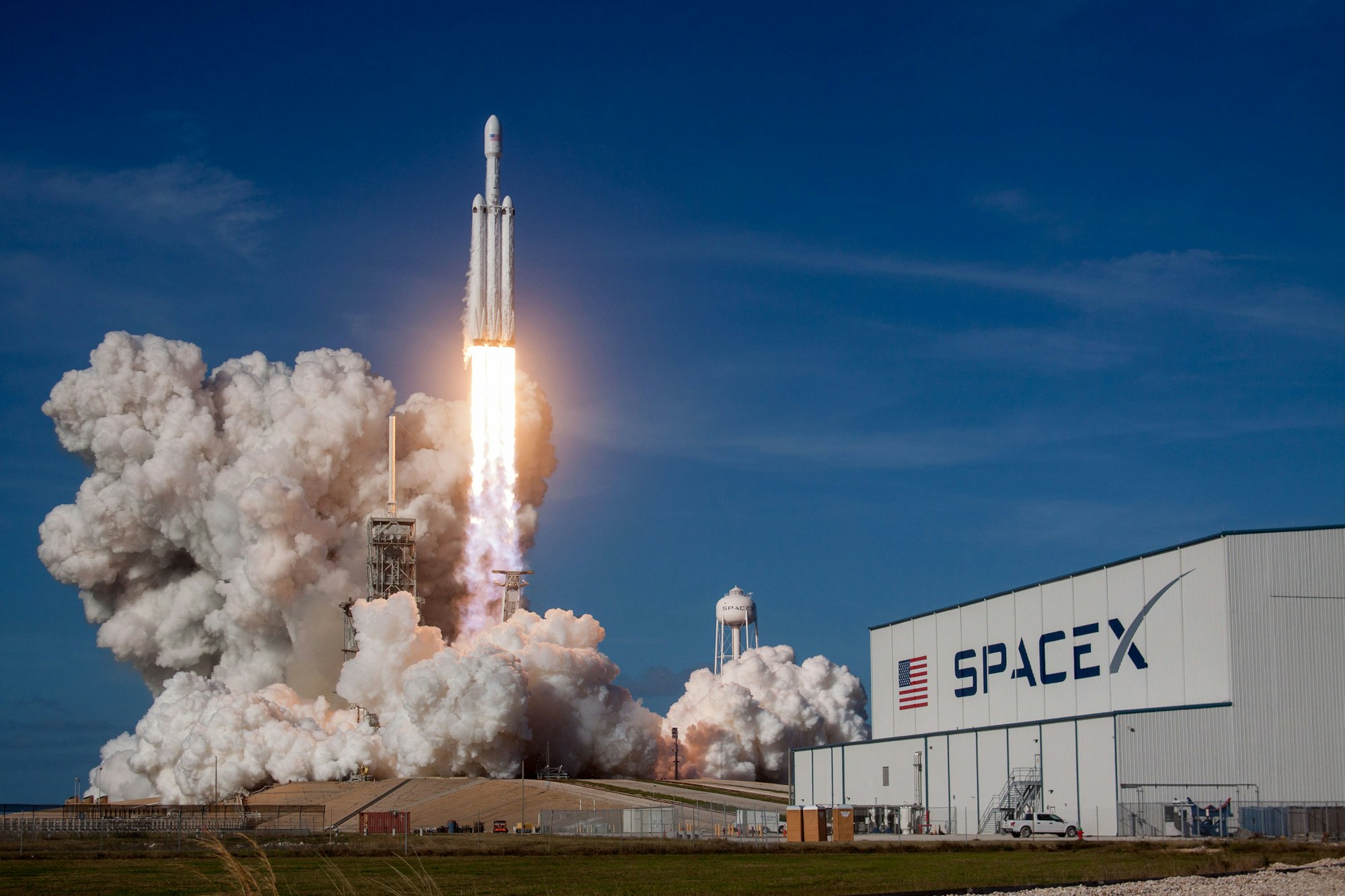Smartphones can now connect directly to Starlink satellites in the U.S.
FCC's approval marks the first time it has greenlit a satellite-terrestrial network partnership in the U.S.
SpaceX and T-Mobile have secured a major victory with approval from the U.S. Federal Communications Commission (FCC) to launch its Direct-to-Cell (DTC) service, allowing smartphones to connect directly to Starlink satellites without relying on traditional cell towers.
Despite initial regulatory delays, this approval marks the first time the FCC has greenlit a satellite-terrestrial network partnership in the U.S., a move expected to transform communication in remote and underserved areas.
With T-Mobile as its U.S. partner, SpaceX aims to address the vast connectivity gaps across more than 500,000 square miles of American terrain that remain unreachable by traditional networks due to rugged landscapes and technical limitations. The innovative DTC technology promises to bridge these gaps, ensuring reliable communication even in the most isolated regions.
The FCC’s approval doesn’t just focus on domestic operations; it also sets the stage for SpaceX to expand its service internationally. Starlink’s Direct-to-Cell technology has already established partnerships with major telecom operators in five countries, including Rogers in Canada, One NZ in New Zealand, KDDI in Japan, Optus in Australia, and Salt in Switzerland. These collaborations aim to deliver connectivity to areas typically plagued by dead zones, empowering millions of people with reliable communication.

The satellite-based mobile connectivity requires no specialized hardware, allowing standard smartphones to connect directly to satellites. Early trials demonstrated the ability to support text messaging, with voice calls and data services expected soon. SpaceX envisions speeds exceeding 2Gbps with next-generation satellites, transforming emergency response, disaster relief, and connectivity in remote regions.
However, regulatory challenges remain. The FCC deferred decisions on additional satellites and loosening emission limits necessary for real-time voice and video calls, while competitors like AT&T and Verizon voiced concerns over potential interference.
Despite these hurdles, SpaceX is advancing quickly. Over 320 second-generation Starlink satellites are already in orbit, forming the foundation for the DTC network. Beta testing is set to begin soon, marking a significant step toward global connectivity.
SpaceX’s relentless innovation promises to revolutionize communication, closing the digital divide and ensuring seamless coverage in even the most remote locations.











